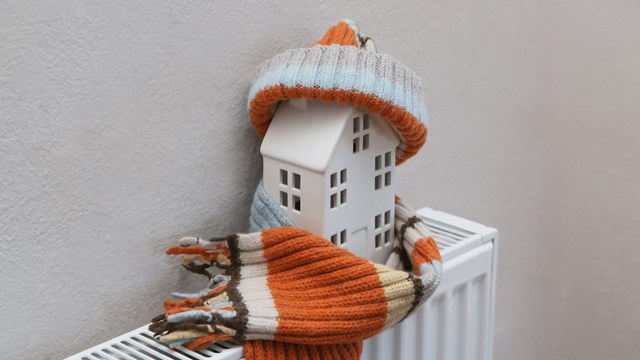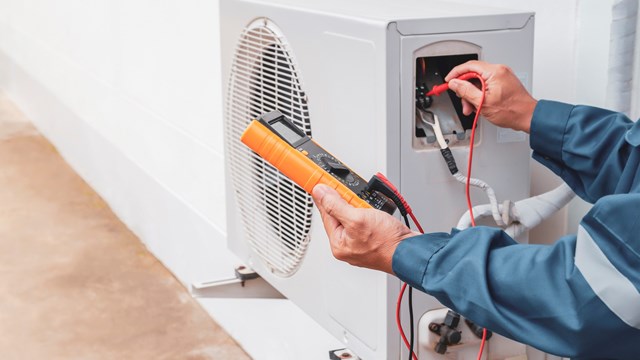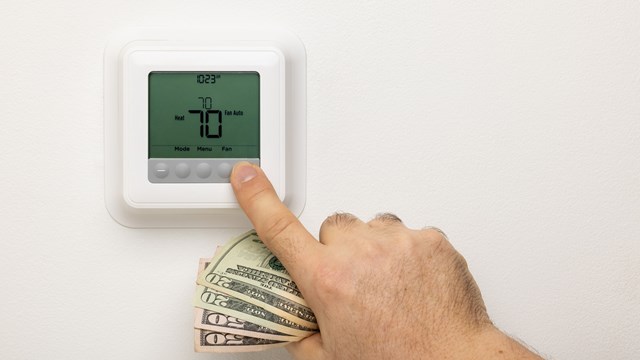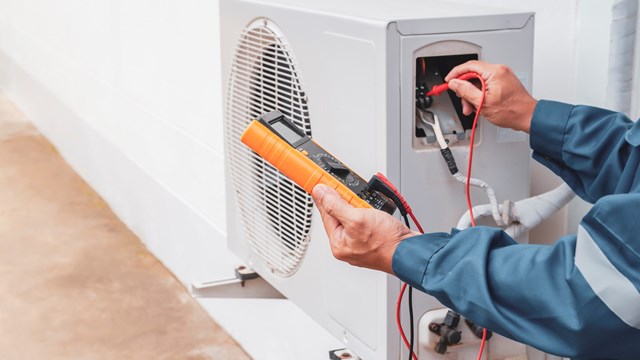
As winter looms, property owners can cut costs and save on their heating bills with preventive maintenance and upgrades to their steam systems. Here are some suggestions for savings from Con Edison.
Optimize Steam Piping System
One simple solution is installing insulation on distribution piping, valves, and fittings. In most buildings piping is generally well insulated. However, some sites have pipe runs, mechanical fittings, and valve bodies that are bare because of access to fittings, valves, traps and unions, need for movement (such as at valve bonnets) or because insulation was not restored after maintenance.
On valves and fittings removable insulation jackets provide a practical solution. They are ordered to specific sizes and patterns, strap into place and are easily removed and replaced. For stationary pipes, or areas that don’t need to be accessed, more permanent insulation may be installed. Overall un-insulated components result in energy waste as it heats unoccupied basement spaces.
Another way to save steam energy is repairing leaks, potentially the source of significant waste. Leaks are most often found at pipe junctions, fittings, or in valves. The leaks may be due to a leaking gasket or loose connection, or maybe, even a pinhole.
Efficiently Heat the Building
For buildings with independent core and perimeter HVAC systems, lowering the operating temperature of core units may also help lower bills. Engineers may reduce core equipment temperature set points by a couple of degrees (say from 72-73°F to 70-71°F) from 6 a.m. to 11 a.m. These variations probably won’t be noticed by residents, and offer a reduction in peak and total energy usage.
Recycling heat in facilities with high temperature data centers may make use of this rejected heat by allowing these continuous heat sources to discharge heated air to the return plenums. Install programmable clock thermostats in small, subleased spaces. These spaces include restaurants, professional offices and other storefronts that operate independently from the main distribution system(s).
Coordinating startup times and early morning settings of thermostats with the operation of the main building zones can help to reduce peak demand on your system. In some cases, another option may be to preheat these spaces before the 6 a.m. start of the peak steam period. Controlling and optimizing radiator use in buildings can also help eliminate residents using the window as a thermostat and literally heating the city’s skyline.
One optimization tool is a Thermostatic Radiator Valve (TRV). TRV’s provide individual zoning control at the radiator level and as such even within an apartment; the occupant can select and set different temperature set points to meet individual comfort levels within each room. In buildings with large southern exposure, installation of TRV’s just in the rooms with southern exposure will help minimize overheating and help balance the building’s heating. For older radiators with poor or fragile valves, a recent alternative to TRV’s is a temperature-controlled radiator cover with built-in fan. The radiator cover insulates the radiator, keeping in heat. A built-in fan cycles hot air from the radiator when the room temperature falls below a set minimum temperature. The heat that is unused by the room is then available for the rest of the building.
Use Hot Water as Needed
Adding or adjusting domestic hot water (DHW) recirculation controls can also lower bills. Rather than having DHW recirculation pumps run continuously to circulate hot water through the pipes around buildings at 130-140° F, installing and setting a reverse-acting aquastat on the return line will reduce the amount of energy used to provide hot water to offices or apartments. Additionally, there will be some electrical savings by running the pumps less frequently. For optimal results, the aquastat should be installed a few feet upstream of the pump and set at 110° F, with the dead band set at +/-5° F, and wired into the domestic hot water circulation pump in the building, according to a NYSERDA report on recirculation system controls.
Customers may also install high temperature DHW water storage tanks. High temperature water storage tanks utilize steam during the overnight to heat water to 180°F. During the peak period, the stored high temperature water is used as a feed for domestic hot water production. The capacity of the high temperature water tanks should be sized to provide coverage of your peak demand period.
Improve Heating Technology
In addition, a more sophisticated way to improve energy efficiency is by adding a computerized building management system (a BMS—sometimes also referred to as EMS, or energy management system) for heating system control and monitoring. With a BMS/EMS, it is possible to monitor and trend operational data more easily. Savings from the installation of a well-designed and maintained BMS/EMS will come from a number of areas including the following:
• Personnel cost optimization—reduced time requirements for “rounds,” enabling personnel to respond to complaints and conduct other activities such as maintenance
• Essential support to implementation of other demand response or energy efficiency measures
• Greater control and ability to respond to occupant comfort complaints
• Reduction/elimination of overheating of spaces—reduction of system “lag” time
• Documentation of conditions for occupant complaint response/resolution
Adjusting air handler unit (AHU) schedules in an existing BMS/EMS may also help to lower peak demand. In many facilities the AHU schedules in the BMS is set to change operating mode to Startup or Occupied mode at or close to 6 a.m., the beginning of the peak demand period. A recommended procedure is to start up only those air handling units early that serve the spaces that get the coldest overnight. Starting up earlier all the air handlers, including those that serve spaces that remain warm through the night, may not be justified due to a more significant increase in electric charges.
Alternatively, if the air-handling units are already running, set point temperatures should be raised to preheat the building prior to peak hours. At 6 a.m. and through 11 a.m. the set point can be reduced to normal, and demand should be reduced, trimming costs. This would be a very low cost energy efficiency measure to implement and it could be adjusted and refined quickly through a BMS or other automated/time based control.
Charles J. Viemeister is section manager of steam business development for Consolidated Edison Company of New York, Inc.









Leave a Comment